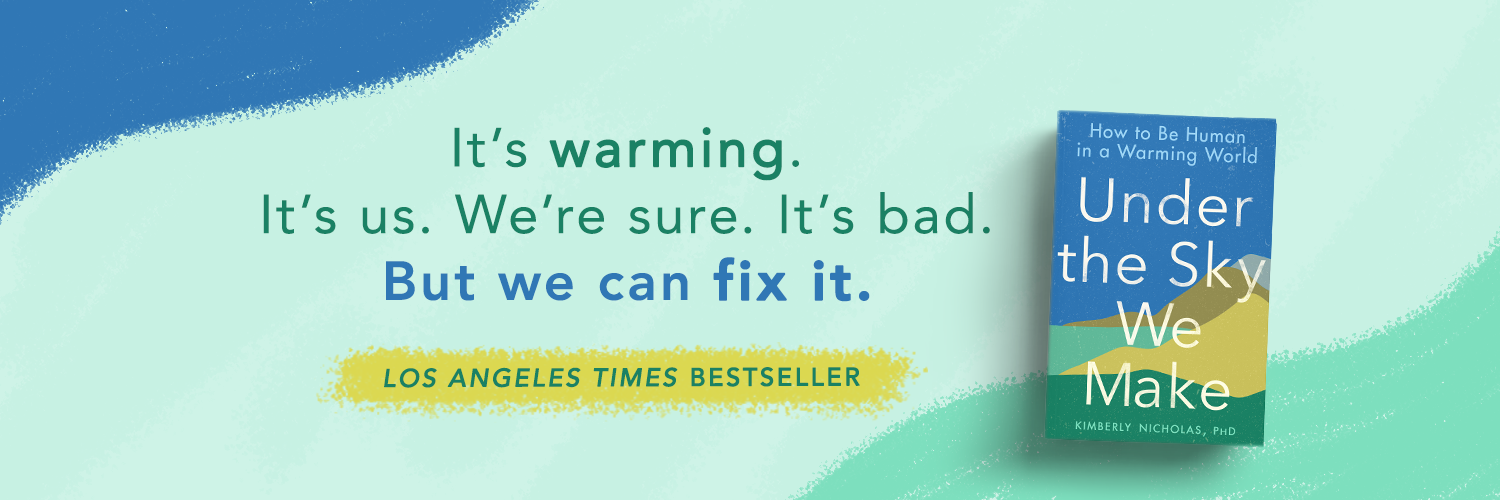|
So, you've chosen survey research to answer your research question, you've considered ethical issues and planned to obtain informed consent, and you're ready to write your survey questions! Here's how to make them make sense and avoid some common pitfalls.
Comments are closed.
|
Categories
All
Archives
November 2023
|
KIM NICHOLAS
 RSS Feed
RSS Feed

